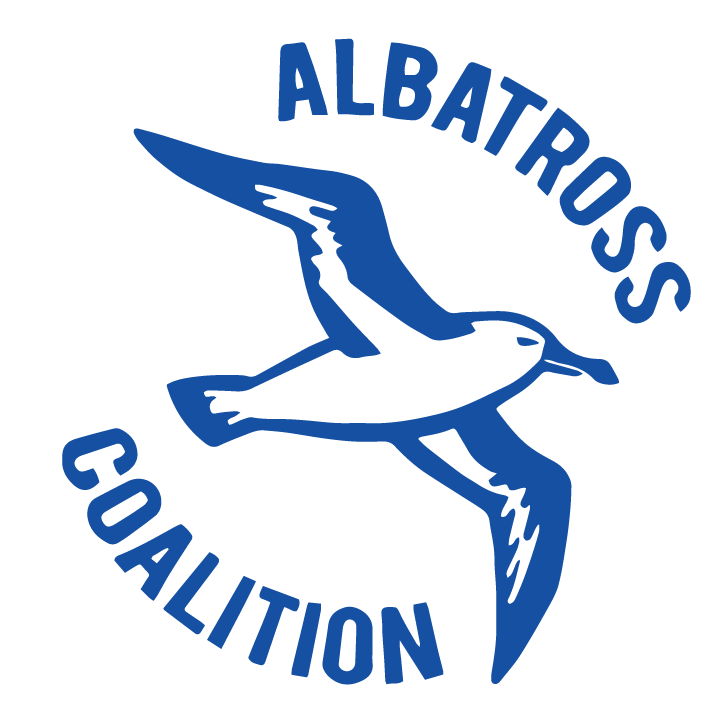Pacific Gyre: An Albatross Sees It as a Buffet
With six times more plastic than plankton, they think it smells like dinner. The Great Pacific Garbage Patch has become a deadly illusion for seabirds whose survival depends on their ability to find food in the vast ocean.
The North Pacific Subtropical Gyre covers an area larger than Texas, swirling in a slow-motion whirlpool that concentrates debris from across the Pacific. What started as scattered litter from our coastlines has become a massive accumulation zone where plastic outnumbers the tiny organisms that form the base of the ocean food web.
Albatrosses and other tube-nosed seabirds evolved extraordinary senses of smell to locate food across thousands of miles of seemingly empty ocean. They can detect the chemical signatures of plankton and krill from great distances, following scent trails that lead them to productive feeding areas. This remarkable ability has served them well for millions of years.
But plastic floating in the ocean doesn’t stay clean for long. Within weeks, pieces become coated with algae, bacteria, and other marine microorganisms. These biological films produce the same chemical compounds that signal food to hungry seabirds. To an albatross flying overhead, a piece of plastic covered in marine growth smells exactly like a nutritious meal.
The birds are not making mistakes. They’re following their evolved instincts perfectly. The problem is that we’ve introduced something into their environment that hijacks those finely tuned survival mechanisms. When they dive down to investigate what their senses tell them is food, they encounter bottle caps, fragments of fishing nets, pieces of toys, and countless other plastic items that their digestive systems cannot process.
Recent research in the area found that debris concentrations can reach over 5 kilograms per square kilometer. For perspective, that’s like having 11 pounds of plastic scattered across an area the size of two football fields. And this is just what floats on the surface. Much more plastic has already sunk or been consumed by marine life.
The gyre acts like a massive trap, not just for plastic, but for the animals that depend on this ecosystem. Adult albatrosses regularly travel hundreds of miles from their nesting sites to feed in these waters, then return to regurgitate what they’ve found for their chicks. What should be nutritious squid and fish increasingly includes indigestible plastic fragments.
Understanding the gyre helps us see how our local actions connect to global consequences. That water bottle discarded on a beach in California or Japan can eventually wind up in this vast rotating system, where it might persist for decades while threatening wildlife throughout the Pacific.
The scale of the problem might seem overwhelming, but the gyre also represents an opportunity. Because ocean currents concentrate plastic in predictable areas, cleanup efforts can be more targeted and effective. More importantly, every piece of plastic we prevent from entering the ocean is one less item that will end up in this deadly buffet that albatrosses mistake for their next meal.
